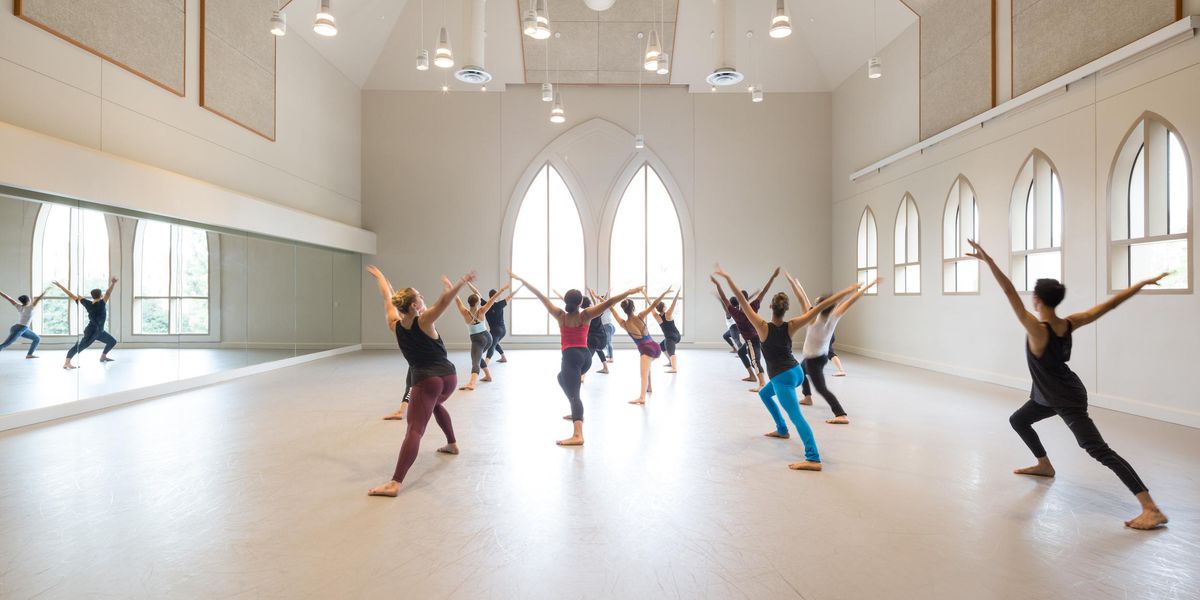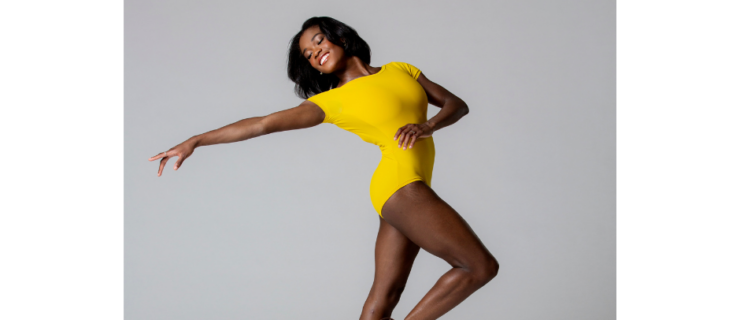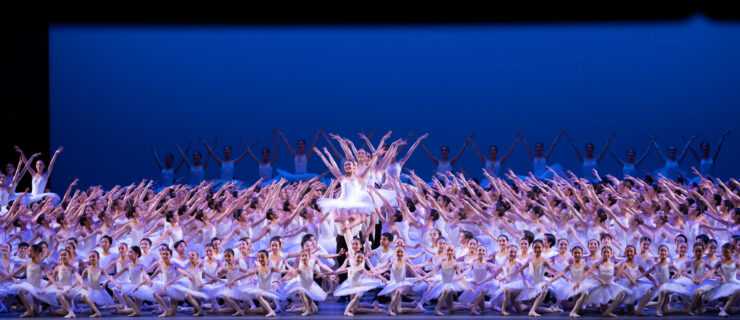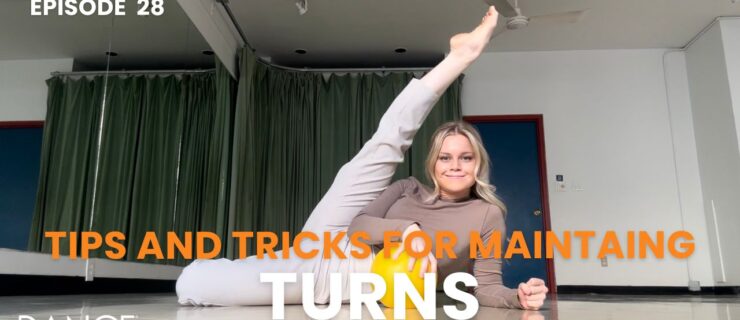Making It Work
It’s no secret that a career as a modern dancer doesn’t typically pay the bills. With fewer companies offering full-time contracts, many dancers are working as freelance artists—meaning, they’re living paycheck-to-paycheck. Despite this, dance programs at universities continue to grow. More
young dancers seek to further their training, in the hopes of going pro.
That’s why Sarah Austin’s
post for Dance/USA caught me, and many other dancers, a little off guard. It went viral almost immediately; dance students and professionals circulated it on social media. The post elicited responses from Tere O’Connor, Roz LeBlanc and Jennifer Edwards, who questioned Austin’s ideas. In my opinion, it’s almost as if Austin thought she was unveiling some sort of well-kept secret—that modern dance isn’t financially lucrative. She goes on to liken American modern dance to a pyramid scheme, arguing that university dance programs imply the promise of profit or a job post-graduation. Young dancers, then, are baited into paying tuition to programs that don’t really have a payoff.
I’m one of those young dancers. And as my graduation approaches, I actually feel prepared. Though I appreciated that Austin was willing to start a discussion about the nature of arts programs in university settings, I can’t really say that I could agree with her on all fronts. Perhaps this sounds naïve, but I feel that my professors and advisers were able to train me in an honest way—technically and artistically—and, most importantly, about
the reality of life as a working dancer.
In her response to Austin’s post, LeBlanc,
assistant professor of dance at Loyola Marymount University,
argues, “dance defies thinking about money.” I truly believe in that idea. I’m not interested in being a dancer for the financial stability. That’s not why I attended a college dance program, either. To me, the payoff
reaches far beyond my bank account. Within the Tisch Dance program at NYU, I have been able to gain more technical knowledge of my craft, both inside and outside the studio. I have been able to freely explore and refine my own movement in a safe and constructive space. I have been pushed past my limits, both physically and artistically. I have been challenged and cultivated as an artist, and I’ve been granted opportunities I wouldn’t have encountered on my own. Yes, the tuition bills are high, and of course, I have student loans. It’s important to be realistic—I’ll need that second (and maybe third) job. But at the end of the day, I’m able to pursue my passions. One way or another, I’ll make it work.
We’re not starry-eyed here at Dance Magazine. Whether you’re figuring out how to
survive on a starting salary, when to dance for free, or worried about waiting for that big break, we’ve got you covered.




